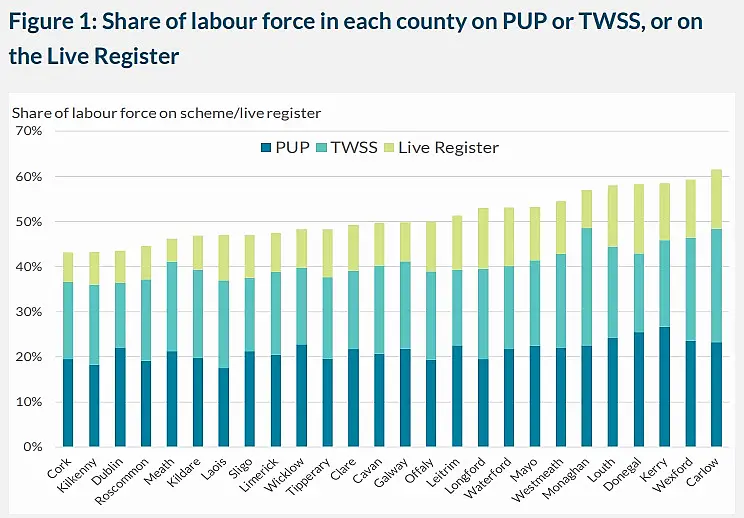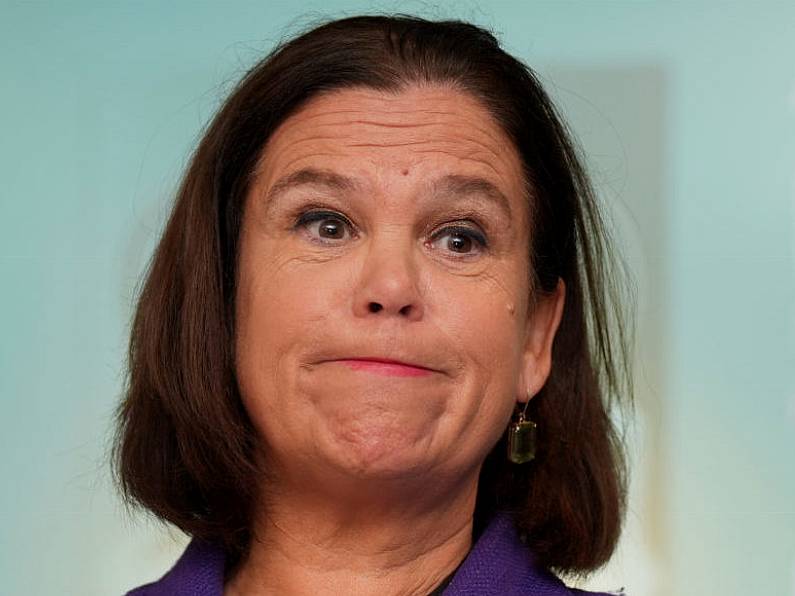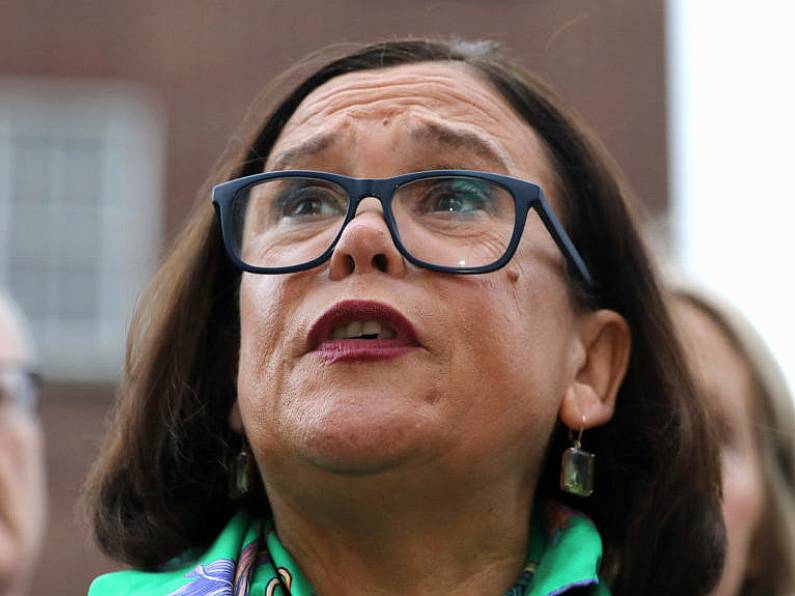Carlow, Wexford, Kerry, Donegal and Louth have the highest share of their labour force availing of Covid-19 state supports.
Waterford is 9th on the list with just over 40% of workers receiving the pandemic unemployment payment or wage subsidy.
When the live register is included, more than half the labour force in Waterford City and County are receiving some form of state support.
Carlow and Wexford top the list with around 60% of their workers receiving state supports.

A new Central Bank report says the hardest hit sectors have been those with a high dependence on physical interaction, such as accommodation, food services, retail and construction.
It says covid-19's impact was felt greatest in areas where hospitality and tourism are particularly important.
Mark Cassidy, The Central Bank's Director of Economics and Statistics, says cities were not hit as hard:
"Already we see that some regions are more affected than others and those that more affected, that have the highest share of the population on income supports, are those that are most heavily involved in the most affected sectors such as accommodation and food services and parts of the retail sector," he said.
"Also, those in jobs or occupations that are less able to physically distance."
Meanwhile, Ireland's unemployment rate may not return to pre-covid levels until 2024.
Just over 1 million people, or 22.5 per cent of the population, are now out of work, according to the Central Statistics Office.
The Central Bank expects this to fall to 14.5 per cent by the end of the year, if lockdown measures continue to be unwound on a phased basis.
Mark Cassidy says it could be four years before unemployment returns to levels seen before the pandemic:
"Even by 2022, our forecast unemployment is around 7%, which is still around 2% higher than pre-COVID," he said.
"We think it could be end 2023, possibly into 2024 before unemployment might return to pre-COVID levels."













